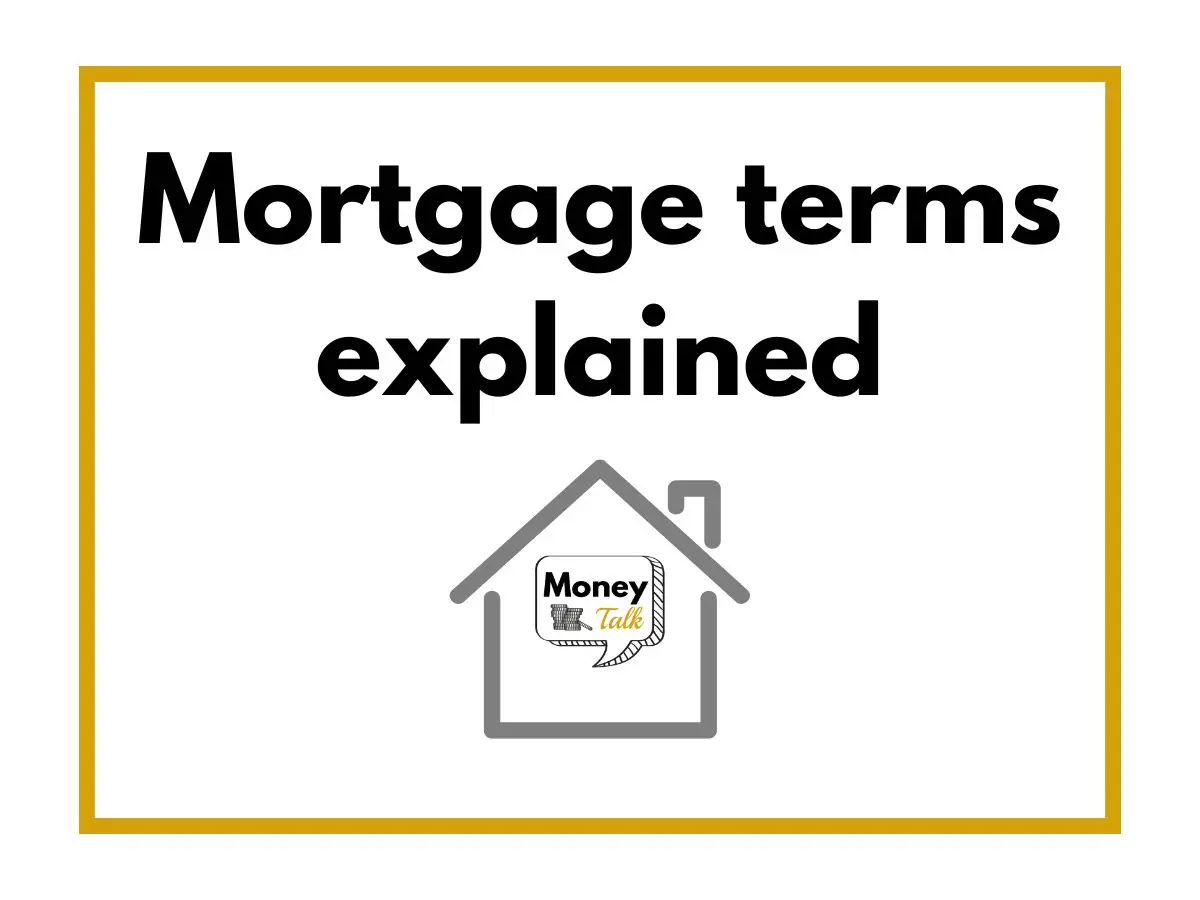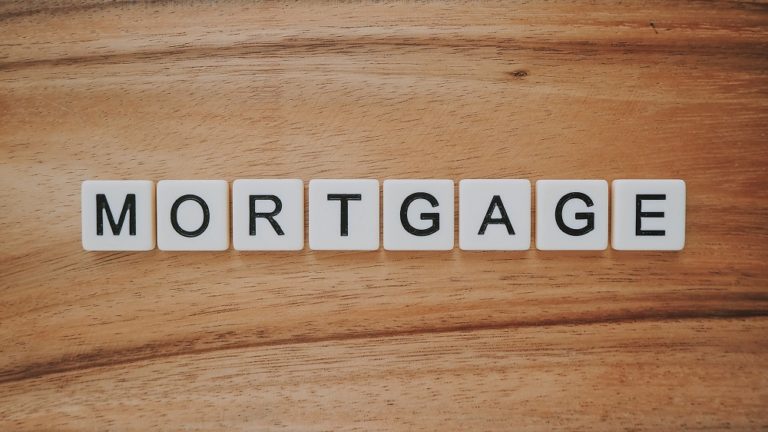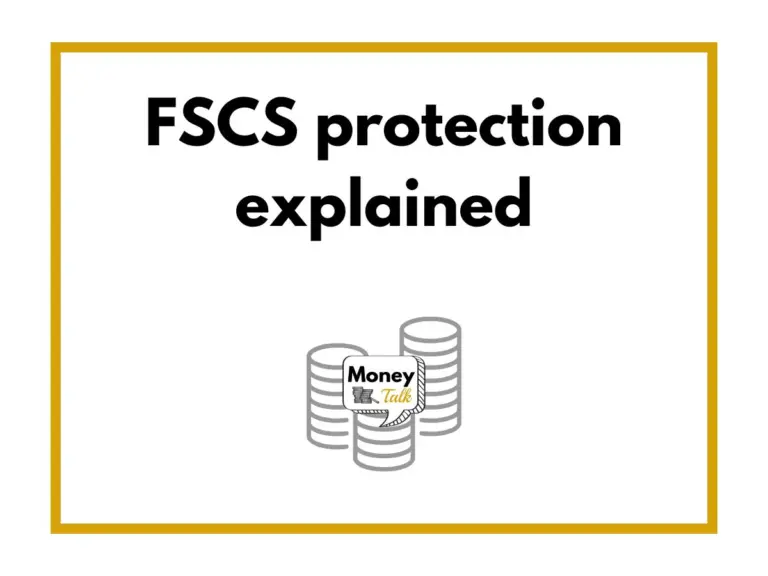Most popular mortgage terms explained
Money Talk is intended to inform and educate; it's not financial advice. Affiliate links, including from Amazon, are used to help fund the site. If you make a purchase via a link marked with an *, Money Talk might receive a commission at no cost to you. Find out more here.
Deposit, principal, and equity – these are just some of the mortgage terms you’ll come across when looking at mortgage products.
If you’re new to mortgages, these might appear as words with very little meaning attached.
And even if you’ve had a mortgage before, you may find yourself unsure of the exact meaning of a term.
With that in mind, below is a mostly jargon-free glossary of mortgage terms that will help you understand what it is you’re choosing.
Additional borrowing
Additional borrowing involves borrowing more money from your existing mortgage lender against your home.
It assumes you’ve built up some equity in your home to borrow against, and that it’s not in negative equity.
The additional amount you borrow is usually added to your current mortgage balance, and you may have a separate interest rate for this portion.
Agreement in principle
If you’re intending to buy a home using a mortgage, you should get an agreement in principle from a mortgage provider before you start looking.
By sharing your income and expenditure figures, the lender will work out what you can borrow – the agreement in principle – and this will give you an idea of what your budget is.
An agreement in principle is not a promise that the mortgage provider will lend to you though, or that they’re willing to lend you that exact amount.
Annual percentage rate of charge (APRC)
When you take out a mortgage, you’re not just paying for the principal and interest, you might also need to pay additional fees, which lenders are required to tell you about.
These fees can add a substantial burden to your debt.
To help make things easier to understand and to compare between products, lenders will often produce an annual percentage rate of charge (APRC) figure.
This takes into account the overall cost of borrowing, including the fees.
Bank Rate
The Bank Rate, often referred to as the base rate, is the interest rate set by the Bank of England.
It’s used by the Bank of England’s Monetary Policy Committee to control inflation and support economic growth – and you can read more about that here.
High street banks generally peg their interest rates on the Bank Rate.
So if the Bank Rate goes up, so does their interest rate.
Commercial mortgage
Commercial mortgage is any mortgage used for commercial buildings, such as office blocks.
You can also get semi-commercial mortgages that cover arrangements like a shop with a flat over the top.
Consent to let (CTL)
If you bought your home on a regular residential mortgage, rather than a buy to let one, you’ll need to ask your mortgage provider for “consent to let” before you can rent it out.
This comes in handy when you need to move abroad or to another property and want to rent out your home without changing the mortgage type.
Usually you’ll have to pay a small fee to make this change.
Deposit
A deposit is the initial payment a buyer makes towards the purchase of a property, with the mortgage making up the rest.
Typically a deposit is a minimum of 10% of the value of the property.
Discount rate mortgage
A discount rate mortgage is a mortgage that’s discounted by a certain percentage for a set period of time before the standard variable rate kicks in.
Early repayment charge
Most mortgages will allow you to pay off the money you owe early.
That is, if you want to pay off your mortgage before it moves onto the lender’s standard variable rate.
However, because the lender isn’t making as much money from you in terms of interest payments, it will apply an early repayment charge to try and recoup some of this loss.
This charge isn’t the same as the penalty you pay if you make too many overpayments to your mortgage.
Equity
Equity in a house refers to the portion of the property’s value that you truly own, free of any mortgage.
It’s calculated by subtracting the outstanding balance of any loans secured against the property from its current market value.
For example, if your home is valued at £300,000 and you owe £200,000 on your mortgage, your equity would be £100,000.
As you pay down your mortgage or if the property’s value increases, your equity grows.
Equity release
Equity release is a type of mortgage that allows homeowners to access the equity built up in their property without having to sell it.
It’s only offered to those who are 55 or older.
When you agree to an equity release, you might get a lump sum of cash, a regular income, or a combination of both, and you can still live in your home.
There are two main types: a lifetime mortgage and a home reversion plan.
Fixed rate mortgage
This is a mortgage where the interest rate is fixed for an initial period before reverting to the lender’s standard variable rate.
The fix, or the initial period, is usually for one, two, three, five or 10 years..
Guarantor mortgage
A guarantor mortgage is where someone who doesn’t own the property, usually a family member or close relative, acts as the guarantor for the loan.
It means they agree to take on the financial responsibility of paying off the mortgage if the borrower is unable to meet the payments.
This arrangement can help those who might not otherwise qualify for a mortgage, like first-time buyers or those with limited credit history.
Home reversion plan
A home reversion plan is a type of equity release scheme that gives homeowners over the age of 60 a cash lump sum or a regular income.
In exchange, they must sell some or all of their home to a reversion company for below the market rate.
They’re allowed to live in the property rent-free or for a nominal rent for the rest of their life, or until they move into long term care.
Once the home is permanently empty, it will be sold with the proceeds split between the homeowner’s estate and the reversion company according to the percentage owned.
Initial period
The initial period is the introductory period for certain types of mortgages.
The initial period applies to fixed rate, tracker and discount rate mortgages where for a set amount of time at the start of the mortgage, you might pay a lower interest rate than the rest of the term.
This lower rate is the initial rate.
Interest-only mortgage
Interest-only mortgages are products where only the interest is paid during the term of the mortgage.
When the borrowing term comes to an end, the principal must be repaid in full.
This can either be done by remortgaging the property or by using cash set aside to pay the principal.
Lifetime mortgage
Lifetime mortgage is a type of equity release product that allows you to borrow money against the value of your home.
You’ll still own your home and are able to continue living in it.
Unlike a regular mortgage, the loan and any accrued interest is paid off through the sale of the property when the homeowner dies or moves into long-term care.
Loan to value (LTV) ratio
The loan to value ratio is the ratio of a loan to the value of the property being purchased.
For example, if you are buying a house valued at £200,000 and you have a £150,000 mortgage, the LTV ratio would be 75%, because £150,000 is 75% of £200,000.
LTV ratios are important because they can affect the interest rates offered by lenders; a lower LTV means lower interest rate while a higher LTV means higher interest rate.
Mortgage term
This is the length of time over which the mortgage must be repaid, and is different from any initial period you might have on a mortgage.
In the UK this is typically 25 years for a first mortgage, but it can be shorter or longer.
Negative equity
When house prices fall, you might move into negative equity.
This means that the amount of money you owe on the mortgage is more than what your property is currently worth.
Offset mortgage
Offset mortgage is a type of specialist mortgage that’s linked to a savings account.
The savings balance here offsets the mortgage balance, and reduces the interest payments in the process.
Read this: Could you benefit from an offset mortgage?
Overpayment
Some mortgage products will allow you to make overpayments.
These are basically payments towards the mortgage that are over and above your monthly mortgage payment.
By making overpayments, you can pay off the mortgage faster and pay less interest overall.
However, lenders typically specify that you’re only allowed to overpay a set amount of money each year.
Anything you pay above that will incur a penalty fee.
Read this: Should you overpay your mortgage or invest the money?
Payment holiday
If you’re struggling with your cash flow or are in heavy debt, many lenders will allow a temporary payment holiday.
You won’t have to make any payments during that break, but your debt is still accruing interest, which could cost you more in the long run.
Porting
If you have a mortgage on an existing home and you want to move to a new one, you can port your mortgage to the new property.
It means you get to keep your existing interest rate and any associated terms and conditions.
However, your debt is not ported over – the money you owe is paid off during the sale of the house.
What you’re doing is basically taking out a new mortgage with the same rates and terms and conditions as your old mortgage.
Principal
The principal, sometimes known as the capital, is the original sum of money you borrow in a mortgage.
So if you need to borrow £150,000 to buy a house, this would be your principal.
Any interest payments you pay are then calculated using the value of this principal.
Remortgage
When you remortgage a property, you’re switching an existing mortgage to a new deal, either with the same lender or a different one.
Repayment mortgage
A repayment mortgage is one where both the interest and principal are paid off over the term, unlike an interest-only mortgage.
Residential mortgage
A residential mortgage is basically a mortgage for a home you intend to live in, rather than a commercial property used for business.
Buy to let mortgages are for residential homes but they’re not considered residential mortgages.
Standard valuation
Before your mortgage is finalised, the lender will send out a specialist to the home you want to buy to carry out a valuation.
This is for the lender’s benefit only, to check that the property is worth the amount of money being offered.
Because of this, the standard valuation may affect how much money a mortgage provider is willing to lend you.
Standard variable rate (SVR)
Standard variable rate is the default interest rate that borrowers pay after the initial fixed, tracker, or discounted rate period of your mortgage deal ends.
The SVR is set by the lender and can be changed at their discretion.
Unlike fixed rates, the SVR can go up or down, which means monthly mortgage payments can vary over time.
Tracker mortgage
A tracker mortgage is a product that tracks the rises and falls of the Bank of England’s Bank Rate.
The interest rate you pay is held at a set rate above the Bank Rate.
So if the Bank Rate is 5%, you might pay 7% – the set rate here being 2%.
If the Bank Rate then drops to 3%, you’d pay 5%. Or if the Bank Rate increases to 7%, you’d pay 9%.
Variable rate mortgage
A variable rate mortgage is a mortgage where the interest rate can change over time, for example in response to a change in the Bank of England’s Bank Rate.
Tracker mortgages are a type of variable rate mortgage.
Pin this for later







